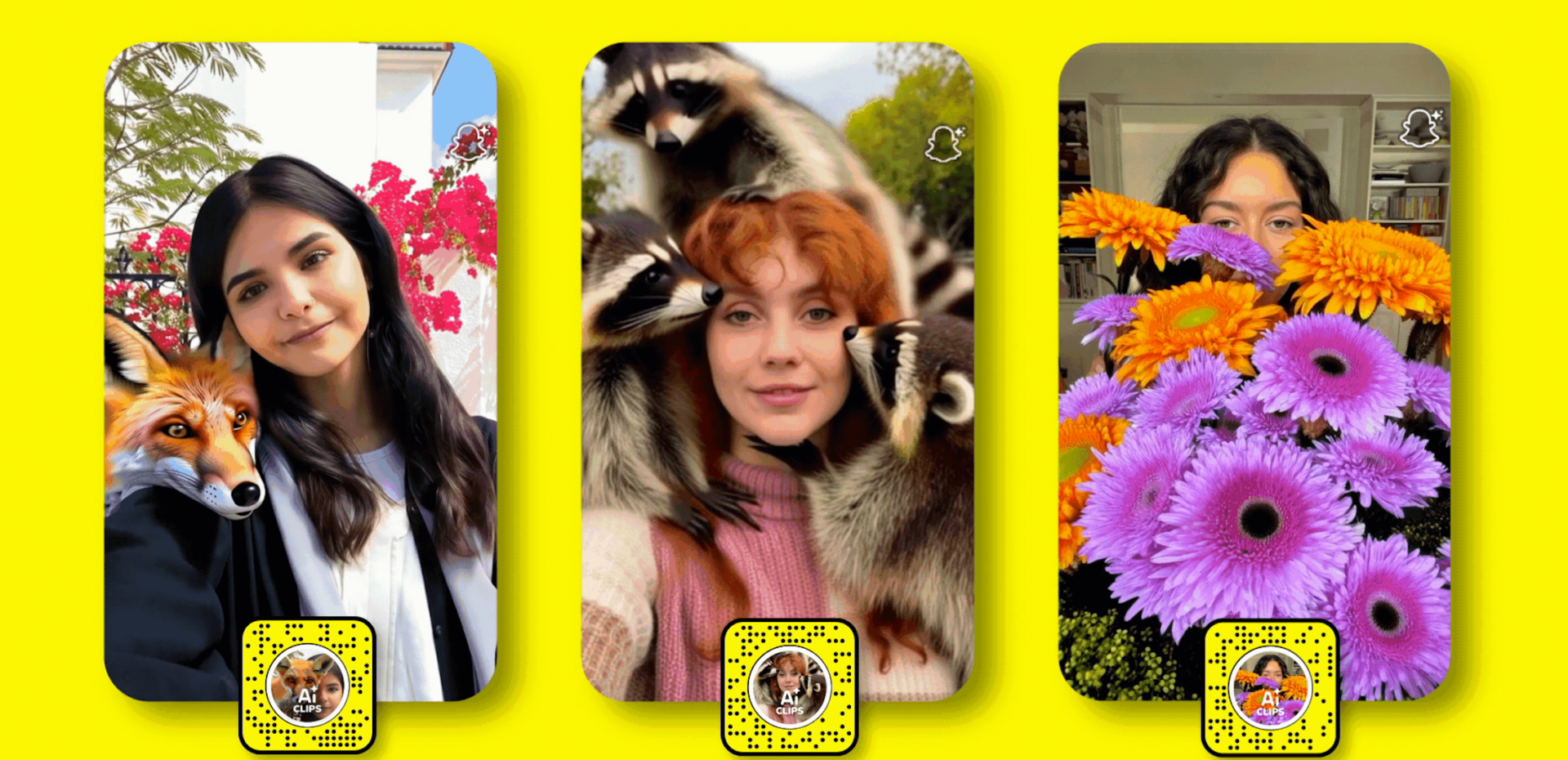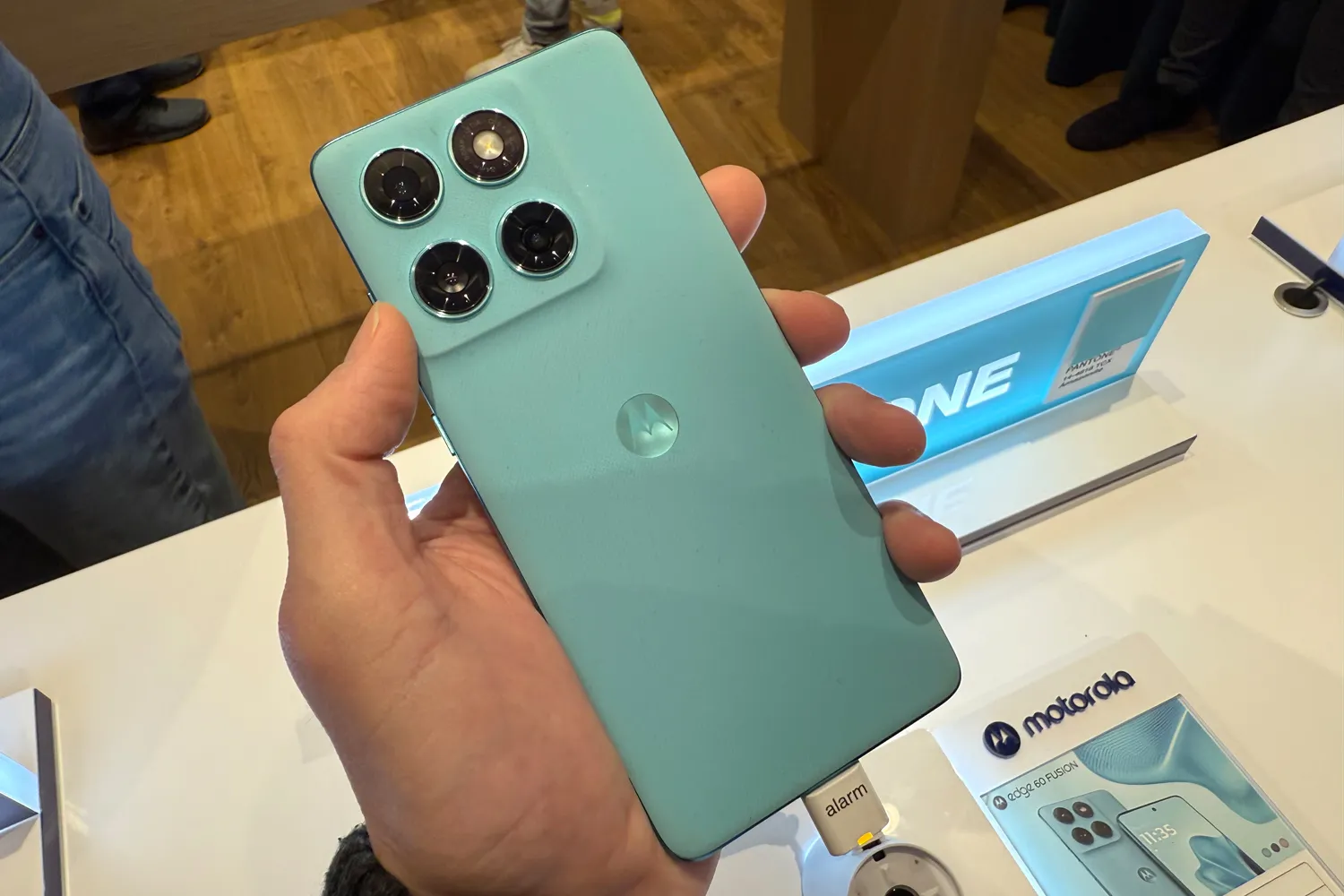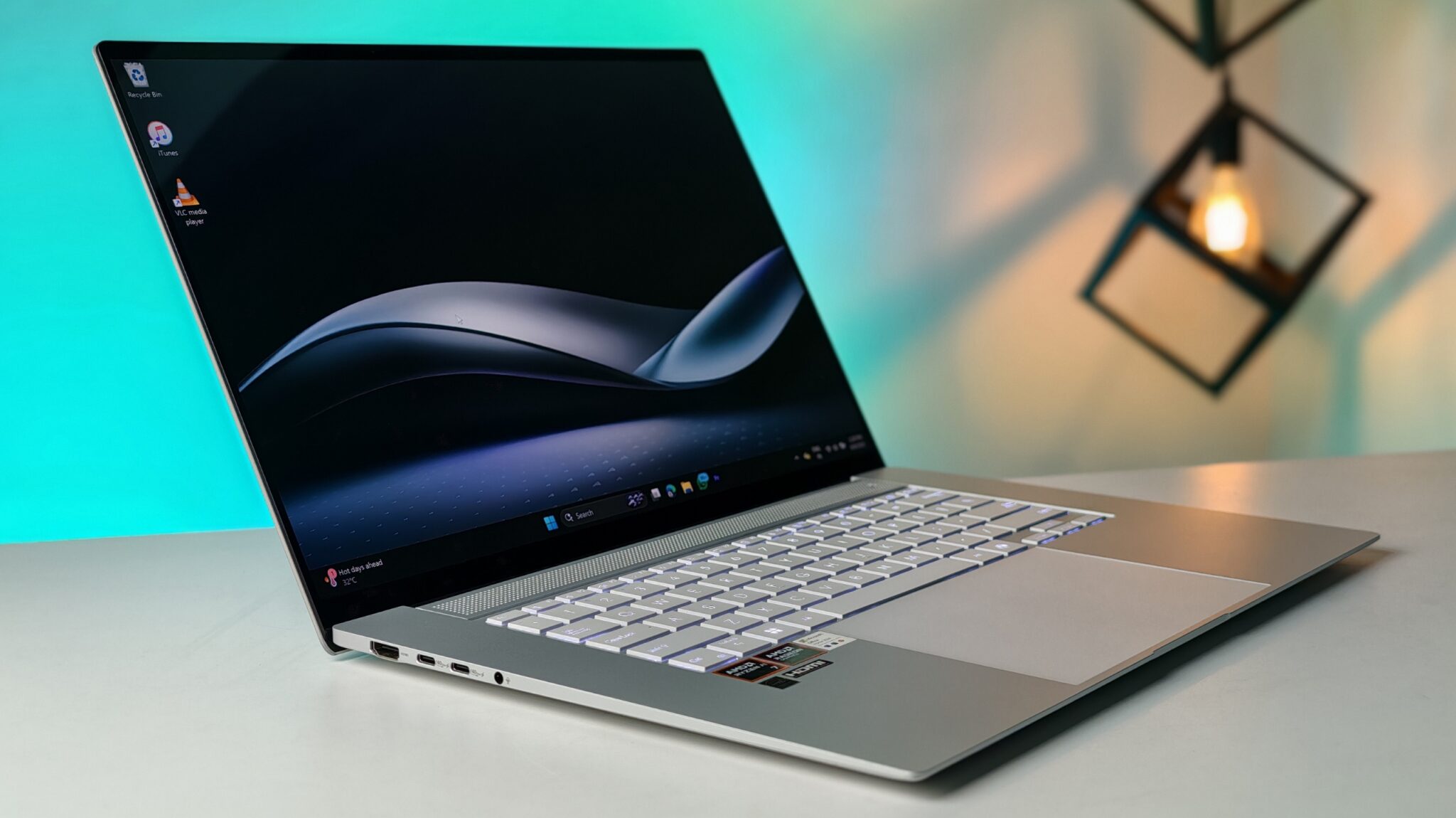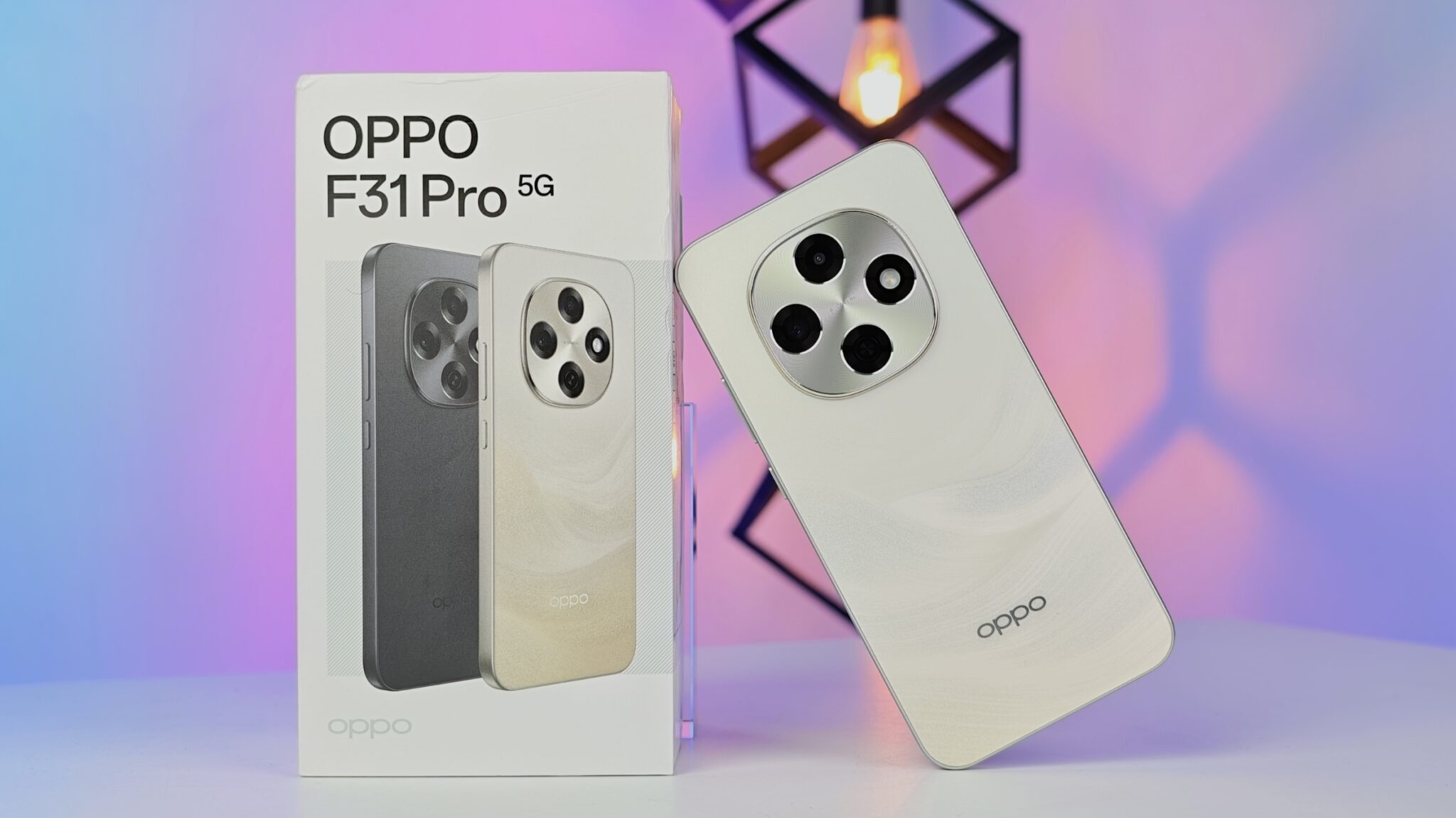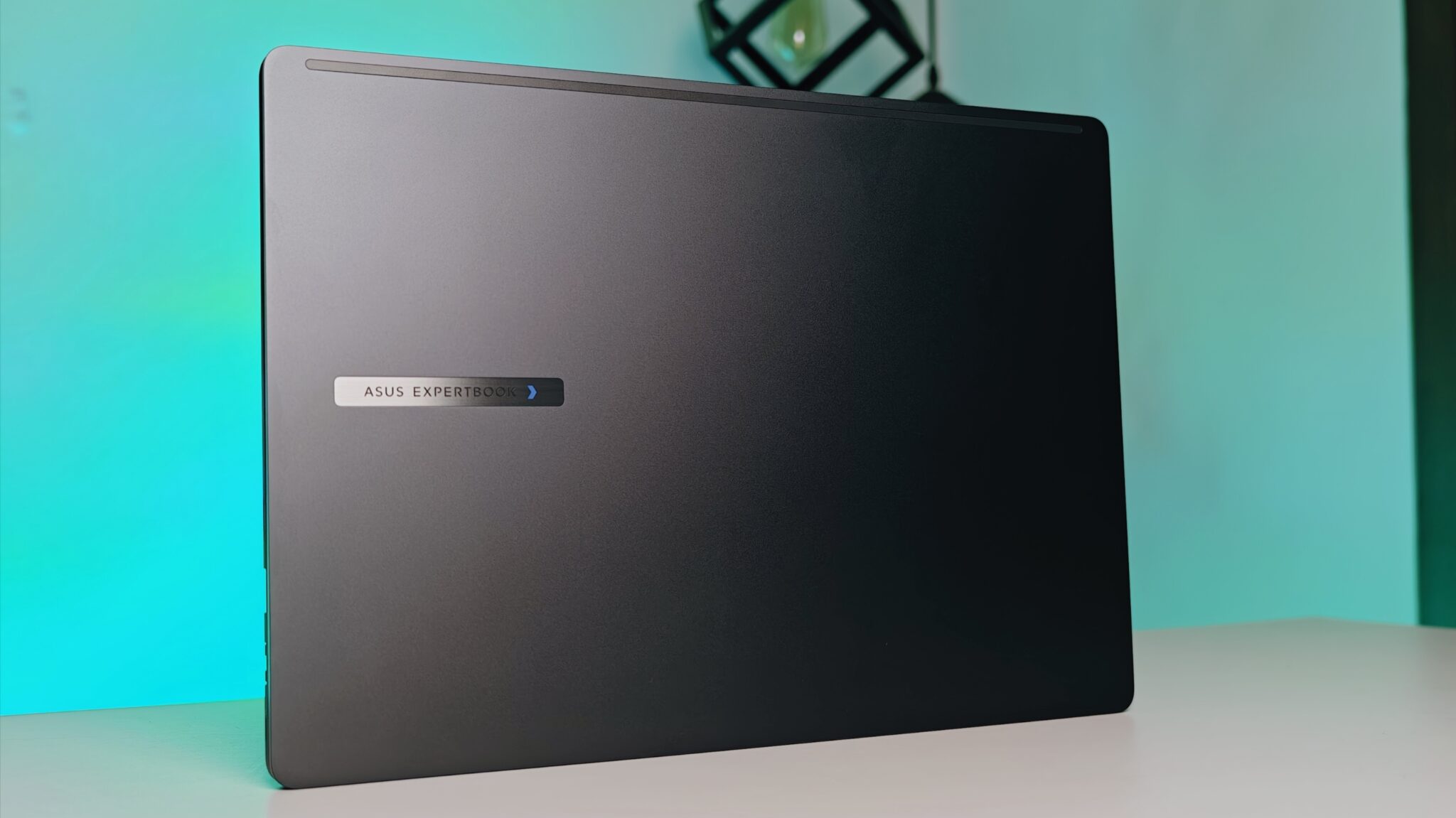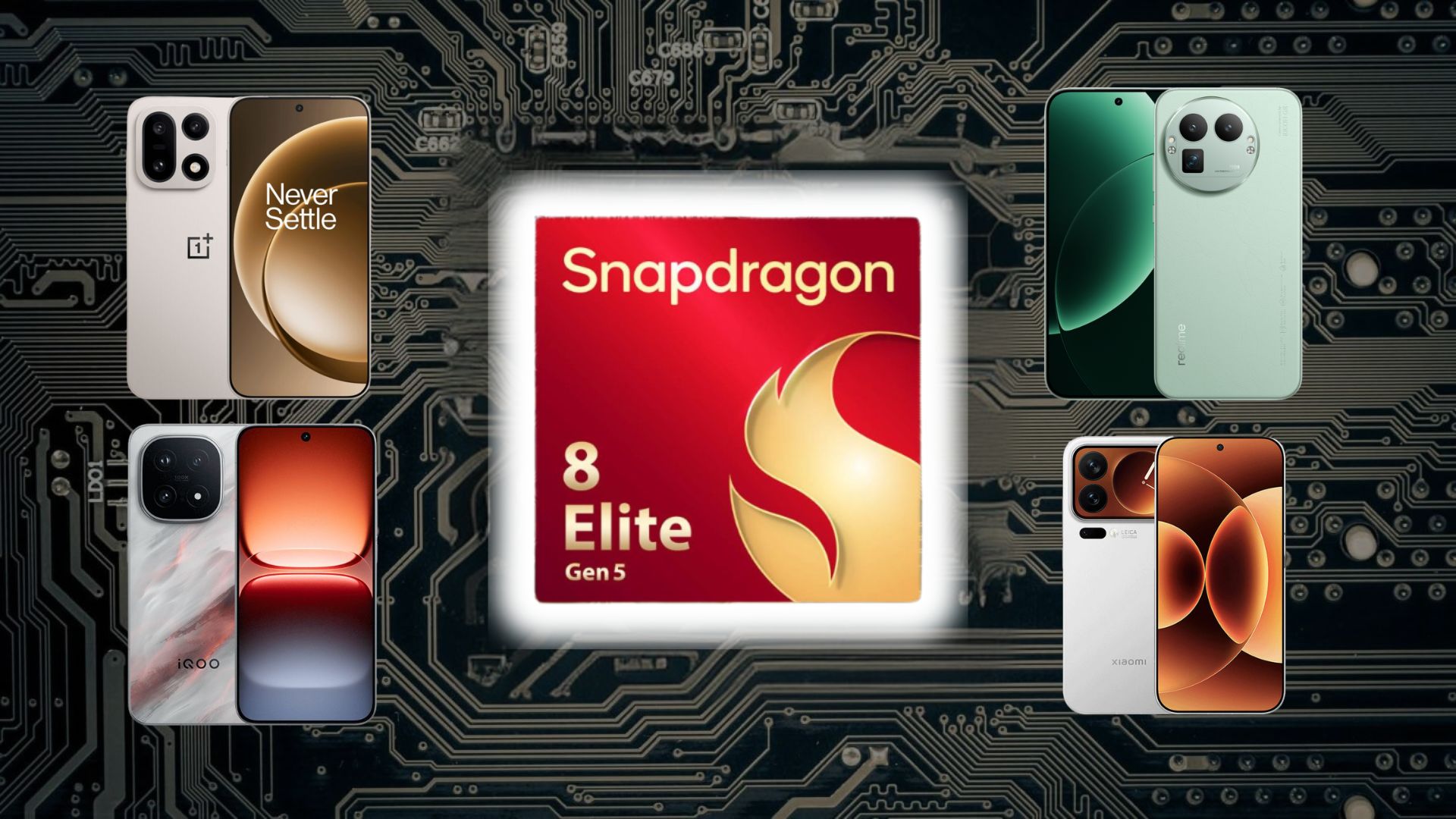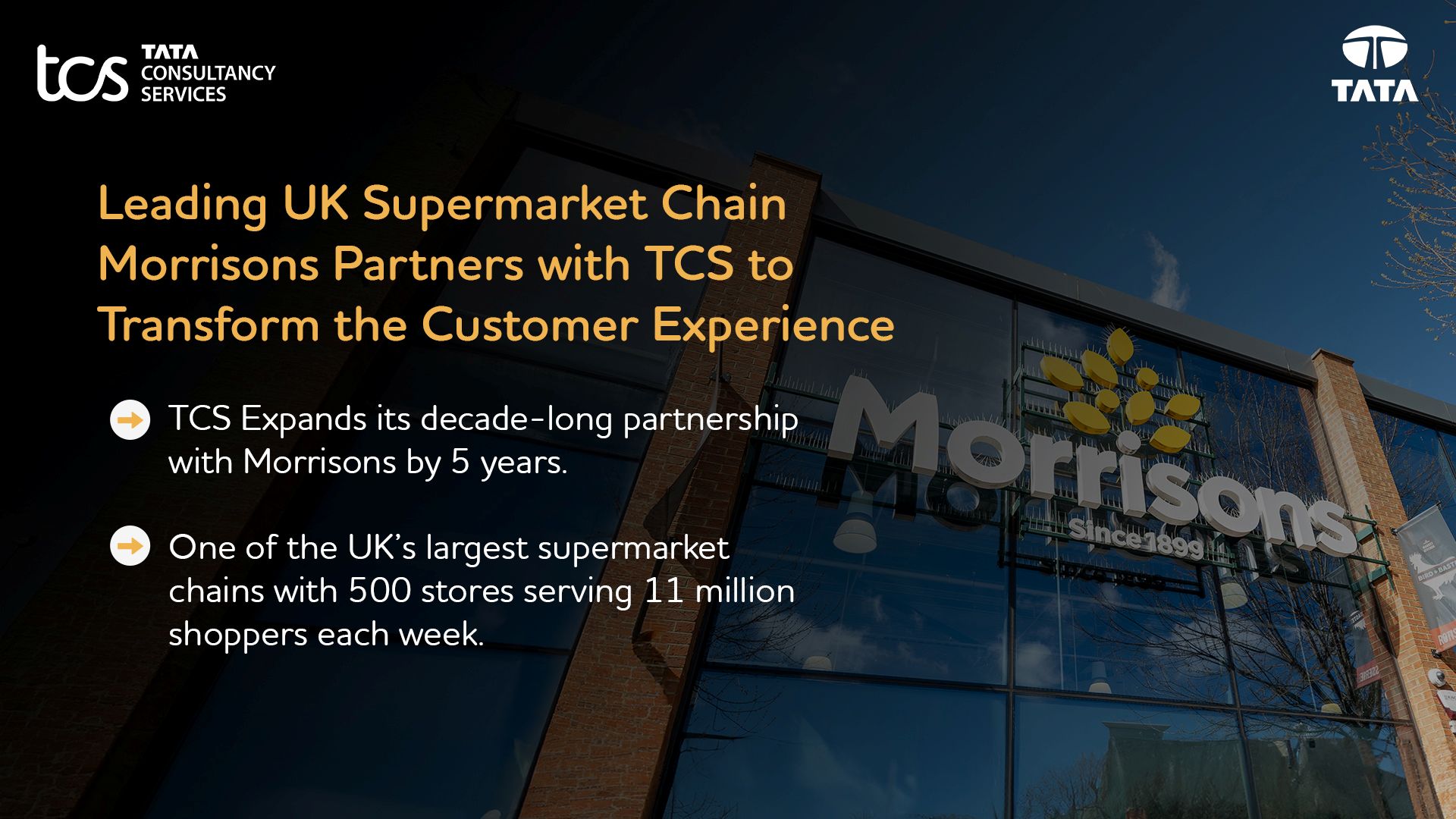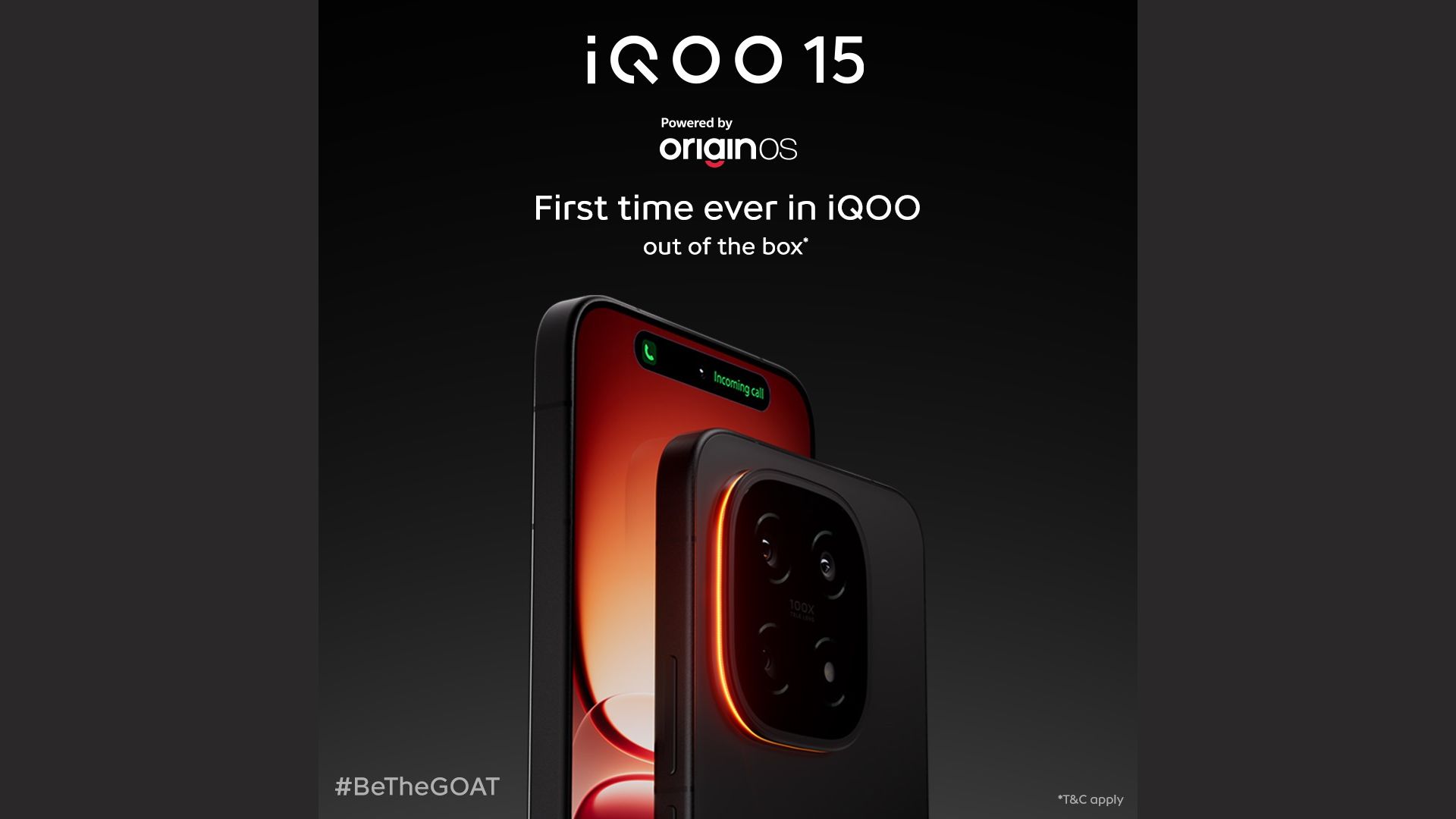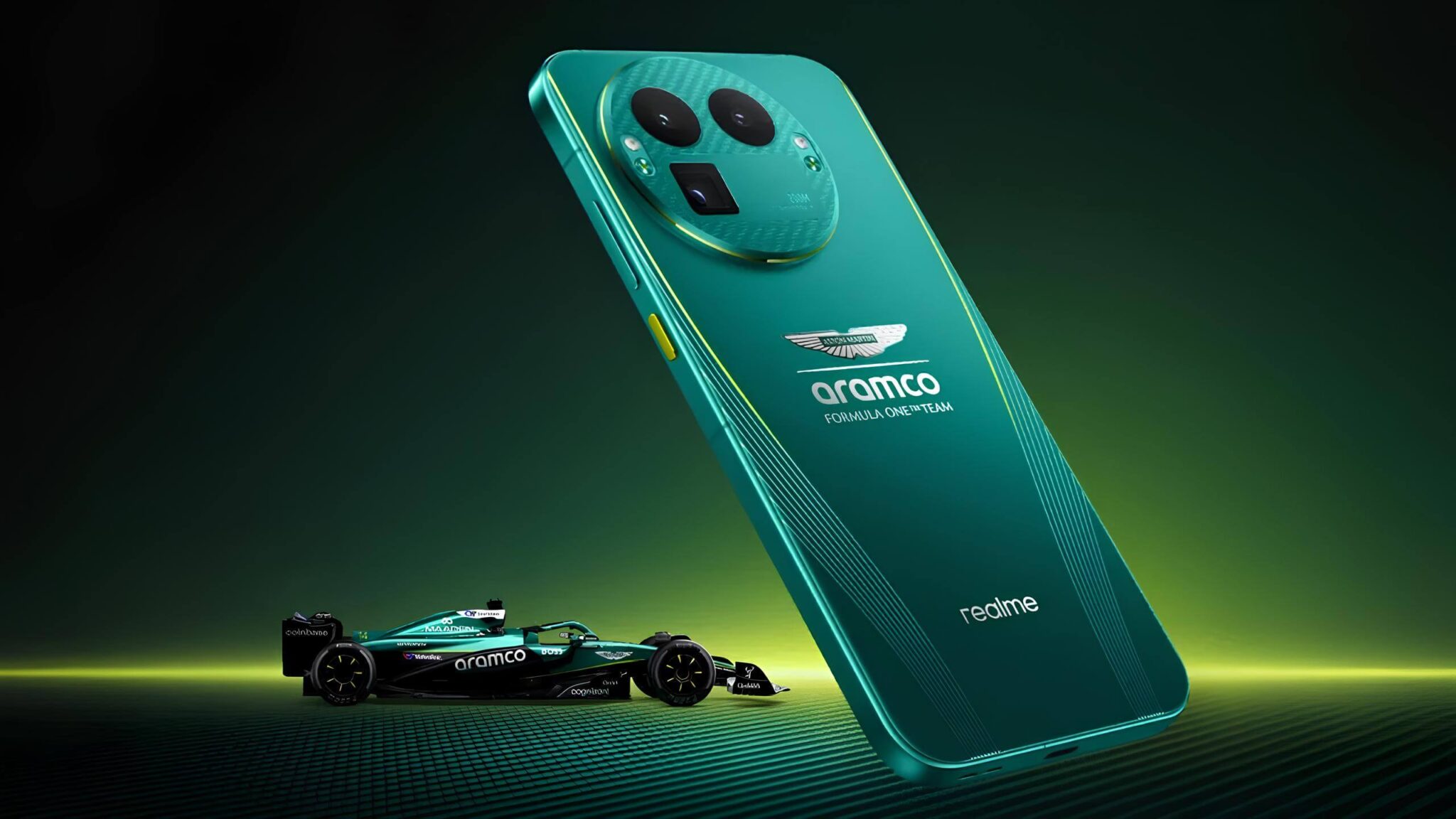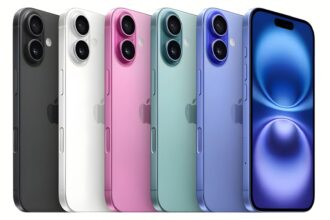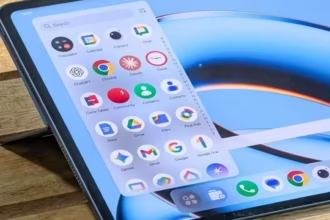Snapchat, the social media platform renowned for its ephemeral messaging and playful augmented reality (AR) filters, just unveiled a game-changer for brands: Sponsored AI Lenses. This new advertising format leverages the power of generative artificial intelligence to create immersive and interactive experiences, promising a fresh avenue for brands to capture user attention and potentially achieve viral reach. But how exactly do these AI-powered lenses work, and can they truly deliver on the promise of making your brand go viral?
Snapchat officially announced the launch of Sponsored AI Lenses on Tuesday, April 8, 2025. This innovative ad format allows brands to create unique AR experiences using Snapchat’s proprietary generative AI technology. Unlike traditional lenses that often require complex 3D design and visual effects, Sponsored AI Lenses utilize AI-generated templates, streamlining the production process and opening up creative possibilities previously unimaginable.
Imagine a user trying on a virtual ’90s hairstyle inspired by a popular television show, or stepping into a fantastical scene promoting a new movie – all through a branded Snapchat Lens. These interactive experiences encourage users to not only engage with the brand but also to share their creations with friends, amplifying the brand’s message organically.
Snapchat claims that this new ad format has the potential to deliver impressive results for advertisers. Internal data suggests that Sponsored AI Lenses can achieve 25-45% more impressions in a single day compared to standard lenses. This significant increase in visibility stems from the immersive nature of the format, which encourages Snapchatters to spend more time interacting with the lenses. The longer users engage with a branded lens, the higher the chances of them remembering the brand and potentially taking action.
Several prominent brands have already piloted Sponsored AI Lenses with notable success. Uber, for instance, launched a “My Thanksgiving Vibe” lens, allowing users to visualize their holiday celebrations with themed AR effects. Similarly, Tinder created a “My 2025 Dating Vibe” lens, tapping into the excitement of the new year and potential romantic connections. According to Snapchat’s internal data from November 2024 to January 2025, both Uber and Tinder witnessed “higher than average” playtimes with these AI-powered lenses compared to their regular lens campaigns. While specific numbers weren’t disclosed, the implication is clear: Sponsored AI Lenses drive significant user engagement.
The effectiveness of Sponsored AI Lenses lies in their ability to blend entertainment with brand messaging. Instead of simply displaying a static advertisement, brands can now offer users a fun and interactive experience that subtly promotes their products or services. This approach feels less intrusive and more engaging, making users more receptive to the brand’s message. The inherent shareability of Snapchat lenses also plays a crucial role in their potential for virality. When users find a lens particularly amusing or creative, they are likely to share it with their friends, creating a ripple effect that can significantly expand the brand’s reach.
Snapchat has been steadily refining its generative AI technology over the past two years, and Sponsored AI Lenses represent the culmination of this effort. The company states that the AI can now generate unique visuals quickly, eliminating the need for extensive traditional design work. This not only speeds up the production timeline for brands but also allows for more creative and dynamic lens concepts.
Sponsored AI Lenses are featured prominently within the Lens Carousel, where over 300 million Snapchatters interact with augmented reality experiences daily. This prime placement ensures that the new ad format receives significant visibility among Snapchat’s active user base.
For brands looking to tap into the power of Sponsored AI Lenses, the key will be to create experiences that genuinely resonate with Snapchat’s audience. This means understanding the platform’s culture, trends, and the types of content that users find engaging. A successful Sponsored AI Lens should be creative, interactive, and relevant to the brand’s message without feeling overly promotional.
Consider a fashion brand launching a new collection. Instead of a simple banner ad, they could create an AI lens that allows users to virtually “try on” different outfits from the collection. Users could then share photos and videos of their virtual looks with friends, effectively becoming brand advocates. Similarly, a food delivery service could create a lens that transforms the user’s surroundings into a vibrant food market, subtly showcasing the variety of cuisines available on their platform.
The possibilities are vast, and the success of these campaigns will likely depend on the brand’s ability to think creatively and leverage the unique capabilities of generative AI. As Snapchat continues to advance its AI-powered creative tools for advertisers, Sponsored AI Lenses are poised to become an integral part of many brands’ marketing strategies, offering a compelling new way to connect with consumers and potentially achieve viral success.


